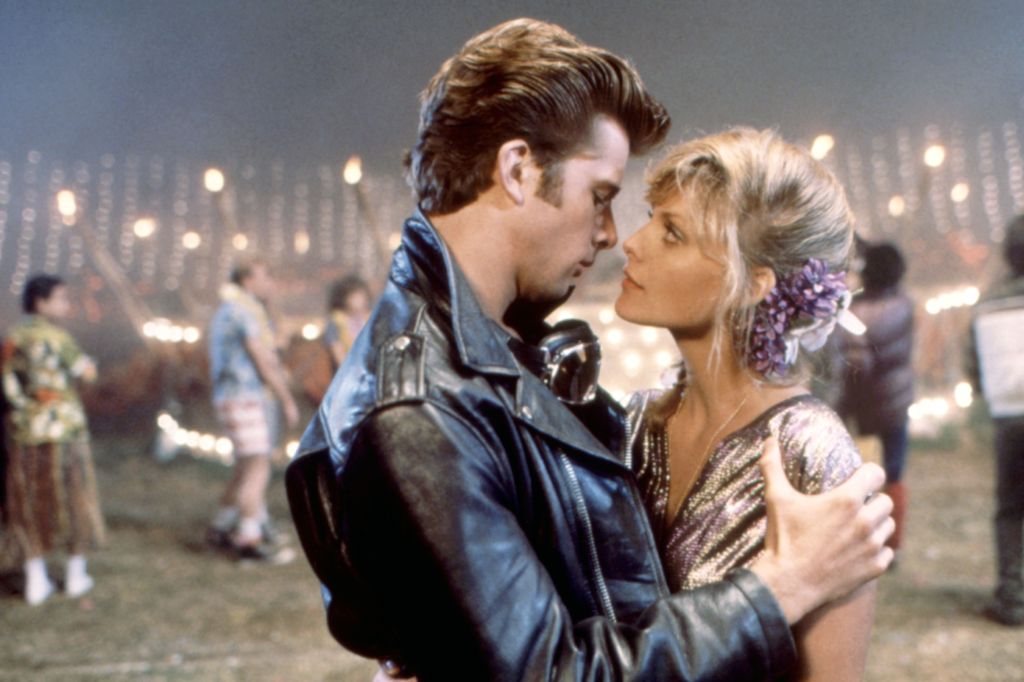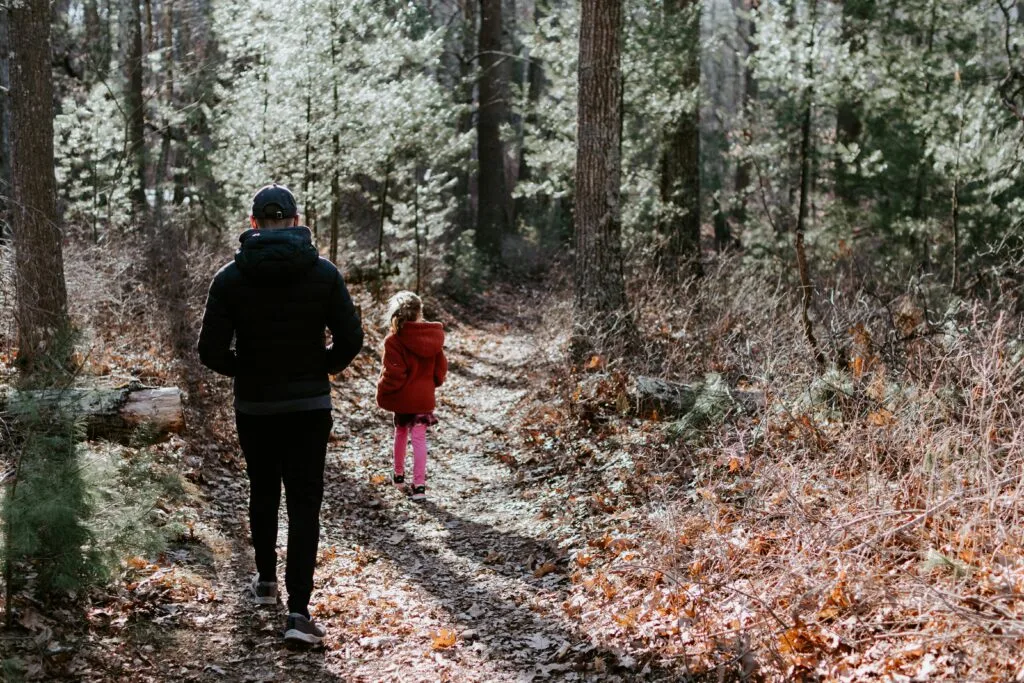1. Grease 2
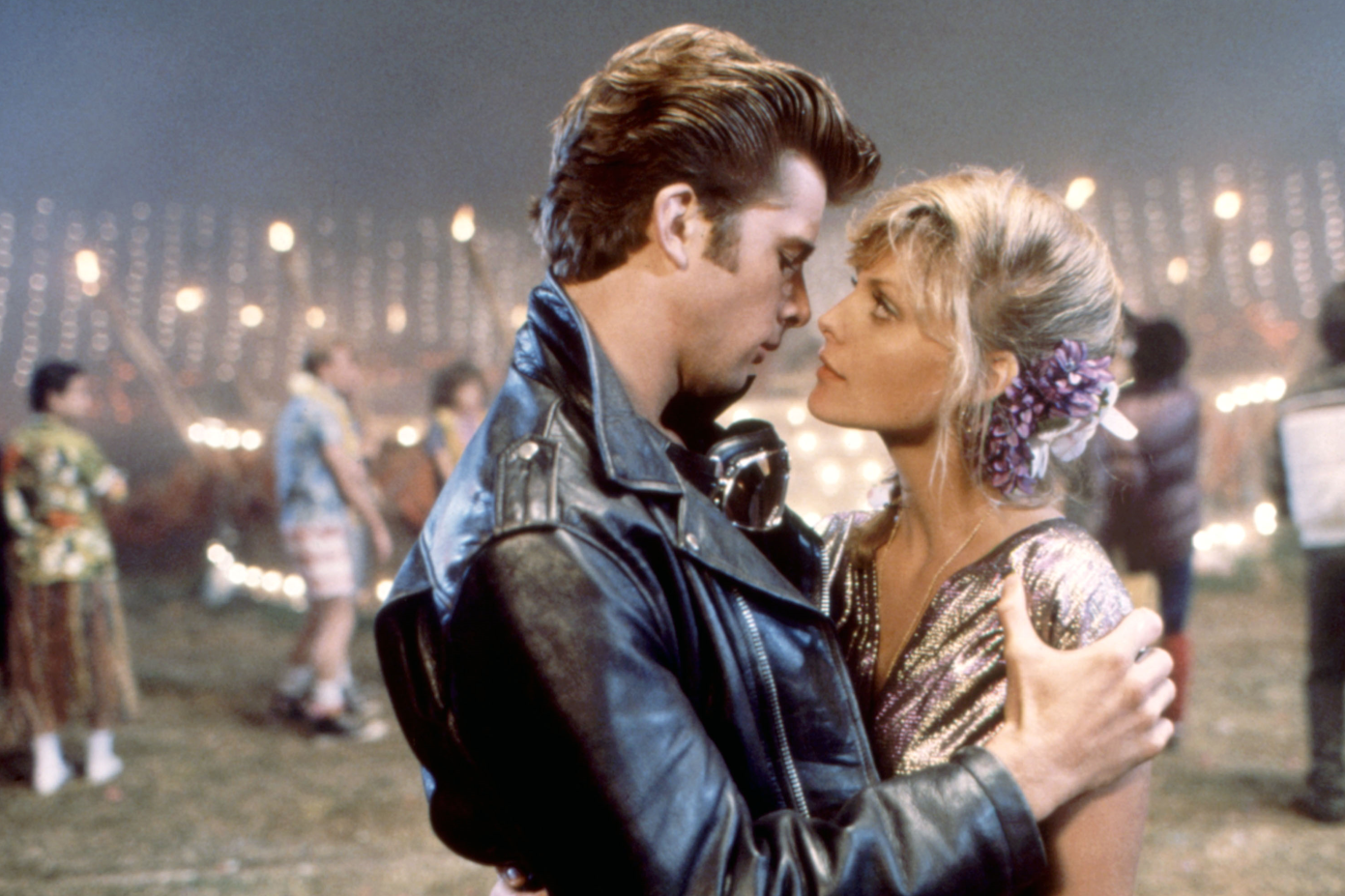
Most people were still humming “You’re the One That I Want” when Grease 2 arrived in 1982, and the reaction was a collective “Wait, what?” Instead of Danny and Sandy, we got a storyline centered on new students who didn’t quite capture the same charm or chemistry. Michelle Pfeiffer gave it her all and later called it one of those early-career moments you just roll with while hoping for bigger things. Fans were confused by the sudden shift in tone and the oddly intense musical numbers that felt more campy than cool. The movie wasn’t a hit at the time, but it slowly built a small cult following from people who love its offbeat weirdness. Still, if you ask viewers today, most had no idea the sequel even existed.
The plot revolves around a shy British exchange student trying to win over Pfeiffer’s Pink Lady character by becoming a mysterious biker. The premise didn’t exactly scream “natural continuation,” yet it’s become one of those sequels people stumble on late at night and wonder how it ever happened. Even the soundtrack, filled with songs about bowling and reproduction, feels like a fever dream. Over the years, it has earned some nostalgic affection for being so unintentionally eccentric. But in the world of movie sequels, it remains one of the strangest follow-ups ever released.
2. Weekend at Bernie’s II

If you thought one movie about dragging around a dead guy was enough, Hollywood disagreed in 1993, delivering a sequel built entirely on the same joke. This time Bernie is magically reanimated whenever music plays, which takes the absurdity to a whole new level. The original movie had just enough dark humor to work, but the sequel leaned hard into cartoonish territory. Audiences were baffled as the story moved into a bizarre voodoo plot that made the whole thing feel like a live-action Saturday morning show.
The film follows Larry and Richard trying to retrieve Bernie’s hidden money in the Virgin Islands while avoiding crooks. Every time music starts, Bernie dances, which somehow moves the plot along in the strangest ways possible. Even fans of the first movie admit the sequel feels unnecessary in the best-worst way. It’s the kind of film that leaves you asking how it ever made it out of a pitch meeting. And yet, it still pops up on “so bad it’s good” lists for its sheer audacity.
3. Jaws: The Revenge
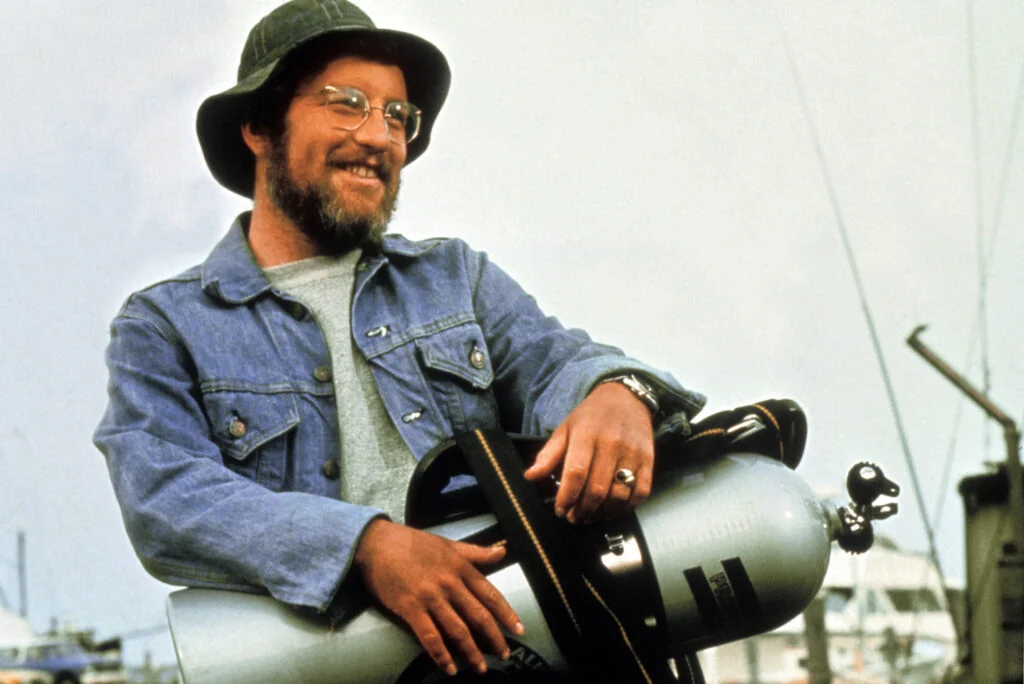
By the time the franchise hit its fourth film in 1987, the shark was apparently holding a personal grudge. The movie famously promised, “This time, it’s personal,” which told audiences everything they needed to know about the wild direction the series was taking. Lorraine Gary returned as Ellen Brody, convinced the shark was targeting her family specifically, making the plot borderline supernatural. Critics didn’t hold back, and the film quickly became known for its unintentional comedy.
Michael Caine even skipped the Oscars to film it, later saying he hadn’t seen the movie but had seen the house it paid for. The shark’s rubbery appearance didn’t help, especially in scenes where it jumps out of the water like an animatronic theme park prop. Despite everything, some viewers still enjoy watching it for its over-the-top chaos. It’s the kind of sequel that reminds you not every hit needs a long-running franchise.
4. Arthur 2: On the Rocks
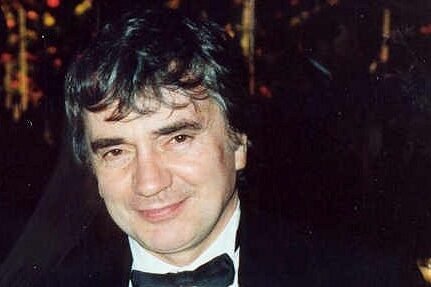
The original Arthur won Oscars and made Dudley Moore a household name, so naturally, Hollywood tried to recapture the magic with a sequel in 1988. The problem was that the first film wrapped up so neatly that a second story felt forced from the start. In the sequel, Arthur and Linda face financial trouble, but the plot never reaches the heart or humor of the original. Instead, it left audiences wondering why anyone thought we needed another chapter.
Moore still gave a charming performance, but the movie struggled to balance comedy with a more serious tone. Critics pointed out that Arthur’s alcoholism, once a source of dark humor, felt far heavier in the sequel. It’s one of those follow-ups people forget exists until it shows up on TV. Watching it today feels like revisiting a once-beloved character who probably should’ve stayed at his happy ending.
5. Staying Alive

Most people didn’t expect Saturday Night Fever to get a sequel, let alone one directed by Sylvester Stallone. Released in 1983, Staying Alive follows Tony Manero trying to make it as a Broadway dancer, which felt like a major departure from the gritty first film. Gone was the disco-drenched realism and in its place were glossy dance sequences that looked straight out of a workout tape. Critics weren’t impressed, calling it melodramatic and overly slick.
Still, John Travolta committed fully, transforming physically and giving Tony a new sense of drive. The movie has gained some retro charm thanks to its intense dance numbers and extreme ’80s vibe. While it wasn’t the sequel anyone expected or really asked for, it’s become a time capsule of the era. Watching it now feels like stepping into a neon-lit dream where everything sparkles just a little too much.
6. Poltergeist III

By the third installment in 1988, the franchise had moved from suburban spookiness to a Chicago skyscraper, which already made things feel unusual. Heather O’Rourke returned as Carol Anne, but the shift in setting changed the atmosphere dramatically. The film relied heavily on mirrors, special effects, and a more surreal tone that didn’t quite land with fans. It’s remembered for being visually interesting but narratively confusing.
Behind the scenes, the tragic passing of O’Rourke before the film’s release cast a shadow over the entire project. The movie was re-edited, which added to the uneven feel. Some horror fans appreciate it for its ambition, but many see it as a sequel that strayed too far from what made the original great. It stands out today as one of the strangest choices in horror franchising.
7. Caddyshack II
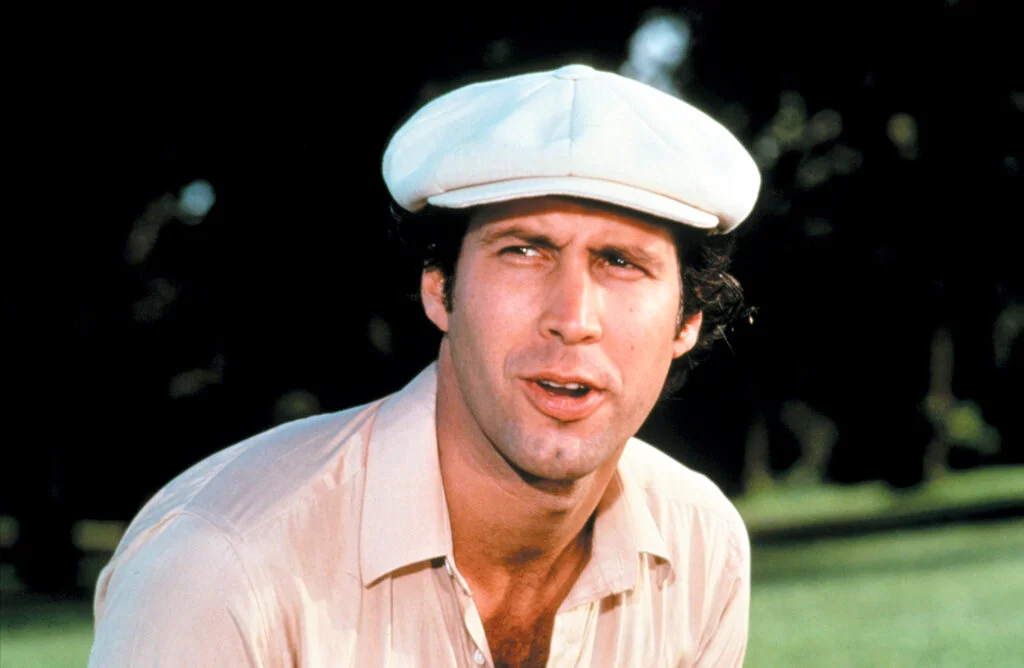
The original Caddyshack is considered a comedy classic, packed with unforgettable characters and quotable moments. Its 1988 sequel, however, is almost universally panned for missing the spirit of the first film entirely. Most of the original cast didn’t return, leaving Jackie Mason to anchor a story that felt like a watered-down imitation. Fans immediately sensed the disconnect.
The humor shifted into broader, less clever territory, and the charm of the original vanished. Chevy Chase made a brief appearance, but even that didn’t redeem the overall tone. Critics called it unnecessary and flat, and it quickly became known as one of the worst sequels ever made. Today, it’s still referenced as an example of how not to follow up a hit comedy.
8. Amityville II: The Possession
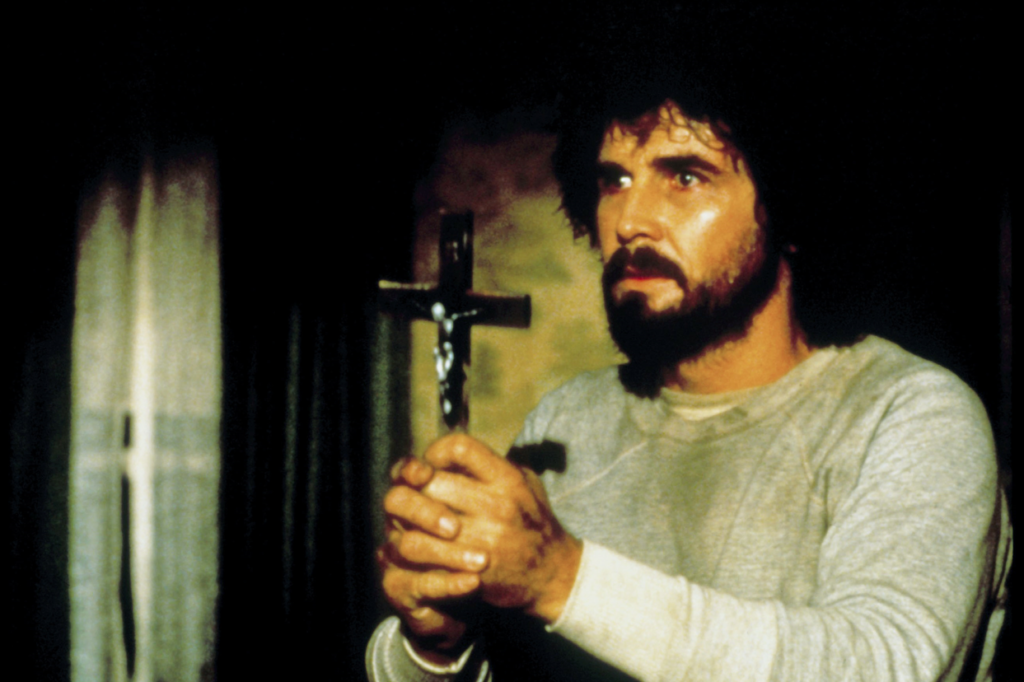
This 1982 sequel took a sharp turn from the original by focusing on a fictionalized version of the DeFeo family murders. Instead of haunted house chills, the film leans into demonic possession and disturbing family dynamics. The shift in tone made it feel more like an exploitation film than a traditional haunted house story. Even horror fans were divided.
Despite the controversy, some viewers appreciate the movie’s gritty intensity and Italian horror influences. It’s undeniably strange as a sequel because it functions more like a prequel with extreme creative liberties. The film spawned even more sequels, each more chaotic than the last. But this one stands out for being so unexpected and unsettling compared to its predecessor.
9. Airplane II: The Sequel
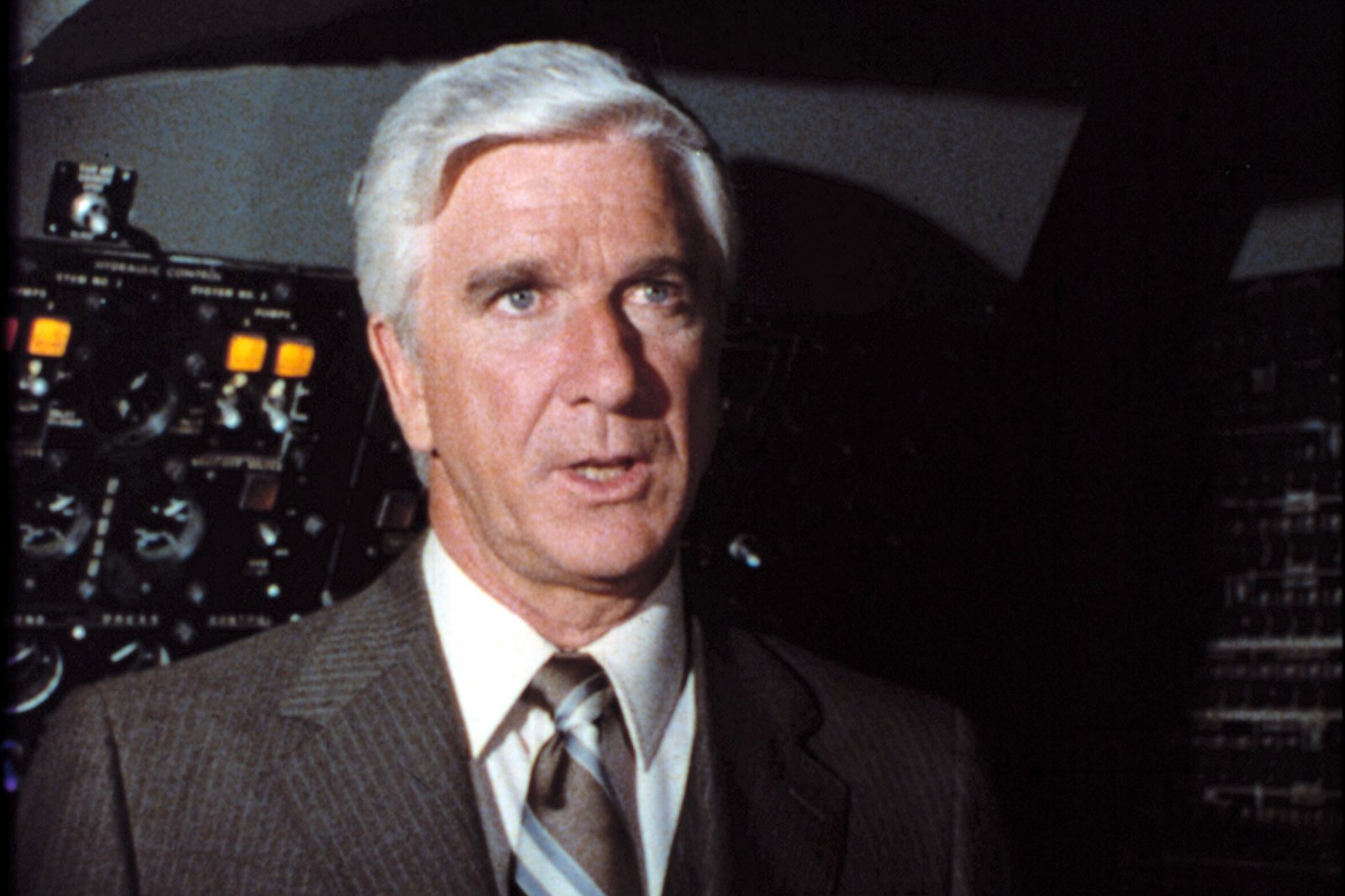
The original Airplane! set the gold standard for parody films with its sharp writing and rapid-fire jokes. The 1982 sequel lacked the involvement of the Zucker, Abrahams, and Zucker team, and it showed. Many jokes felt recycled, and the move to a space-shuttle setting made things even weirder. Fans could tell the heart of the original wasn’t there.
Even so, a few moments still land, especially with familiar cast members returning. It’s one of those movies people watch out of curiosity, only to ask themselves why it exists at all. The sequel leans on humor that feels more forced and less inventive than its predecessor. It remains a quirky footnote in the legacy of parody films.
10. Psycho III
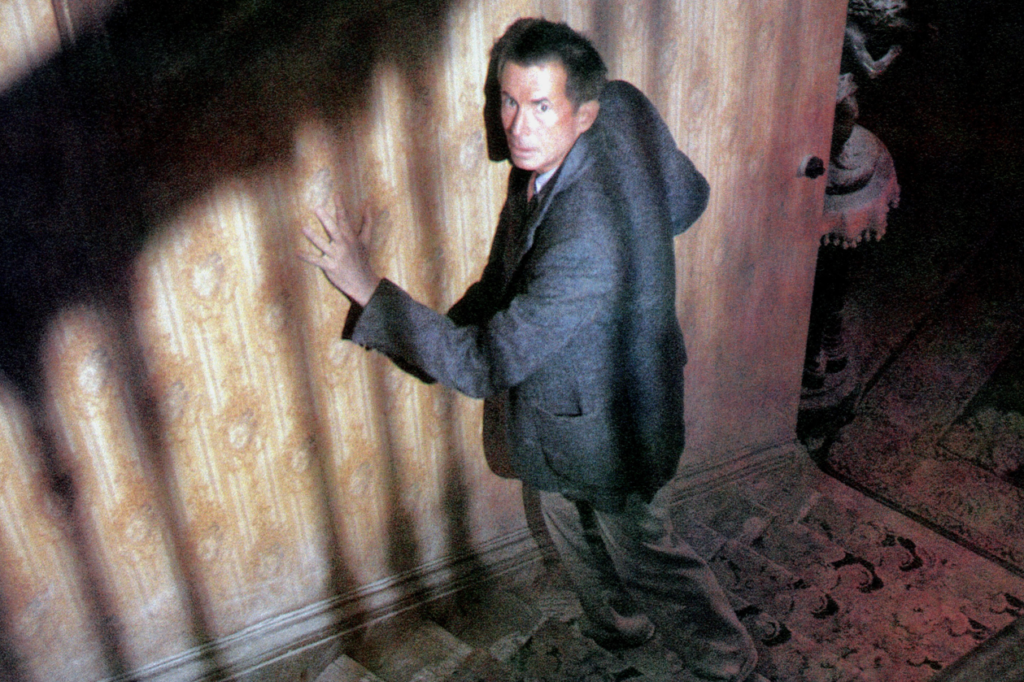
After Psycho II surprised everyone by actually being good, a third film in 1986 felt like pushing things a bit far. This time Anthony Perkins not only starred but also directed, giving the movie a different tone. The sequel leaned more heavily into slasher territory, which clashed with the psychological suspense audiences expected. It created an odd mashup of styles that left viewers divided.
Perkins’ performance was still compelling, but the story wandered into strange territory with new characters and bizarre moments. Some horror fans defend it as an experimental entry, while others see it as unnecessary continuation. The movie has earned a small cult following for its strangeness. But compared to the original classic, it’s hard not to see it as an odd detour.
11. The Exorcist III
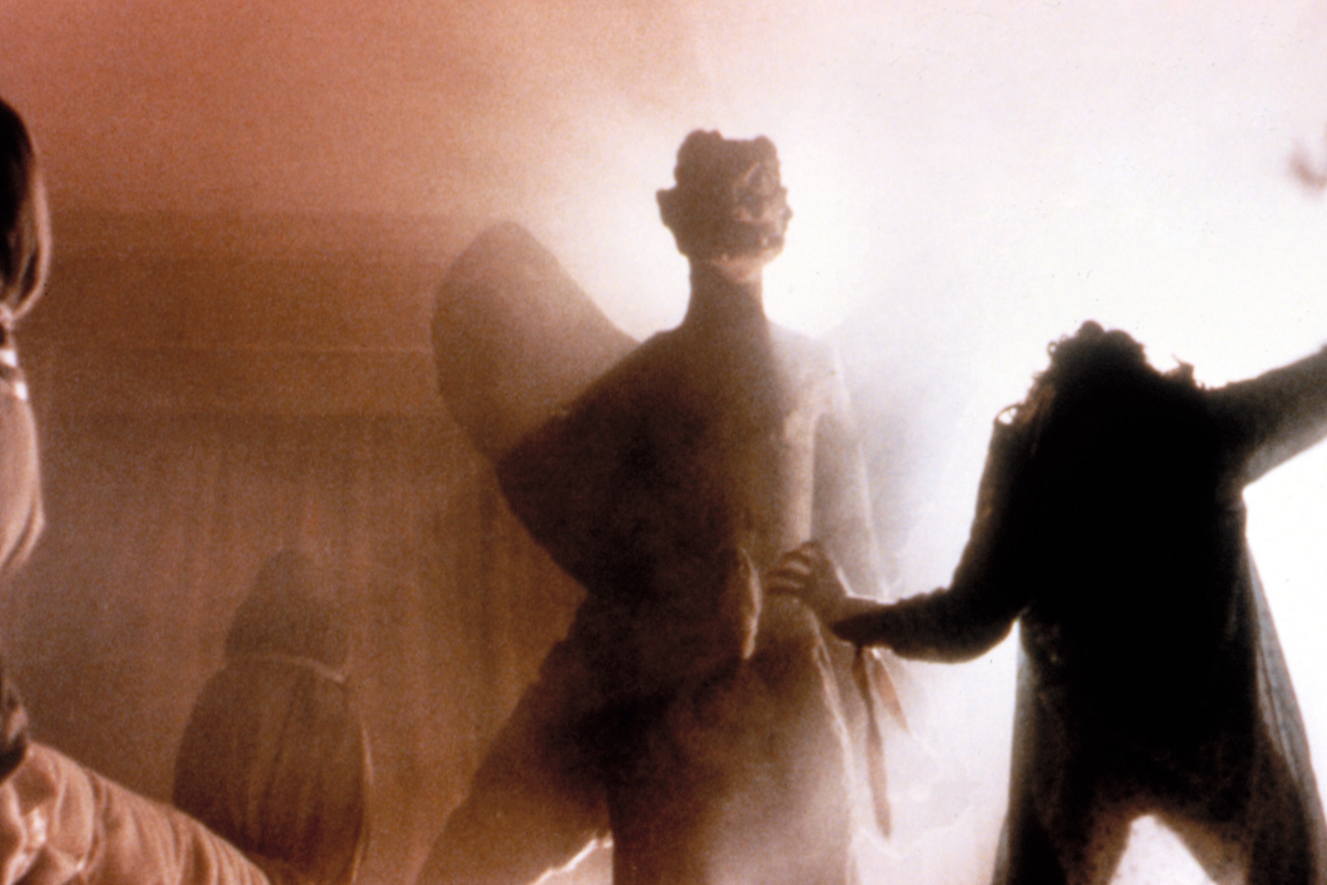
Although now regarded as a cult favorite, The Exorcist III puzzled many moviegoers in 1990. It arrived nearly 17 years after the original and ignored the events of the much-maligned second film. Directed by William Peter Blatty himself, the movie embraced psychological horror with flashes of surreal terror. But the tonal shift caught people off guard.
The studio insisted on adding an exorcism scene late in production, creating a strange blend of thoughtful storytelling and last-minute spectacle. Today, many people appreciate it for its craftsmanship and eerie atmosphere. Still, at the time, audiences weren’t sure what to make of it. It remains one of the oddest late-coming sequels to a horror classic.
12. Short Circuit 2

Johnny 5 may have been alive, but most people didn’t expect him to return for a second film in 1988. While the original had charm, the sequel leaned more into slapstick and sentimentality. The absence of Ally Sheedy and Steve Guttenberg made the sequel feel disconnected from the original. The tone shifted to a more kid-friendly adventure.
Even so, the movie has its fans who enjoy Johnny 5’s sweet personality and the heartfelt moments sprinkled throughout. It’s one of those sequels that feels unnecessary but still manages to be endearing in its own way. Watching it now brings back a rush of ’80s nostalgia, complete with robots, quirky side characters, and cheesy one-liners.
13. Rambo: First Blood Part II
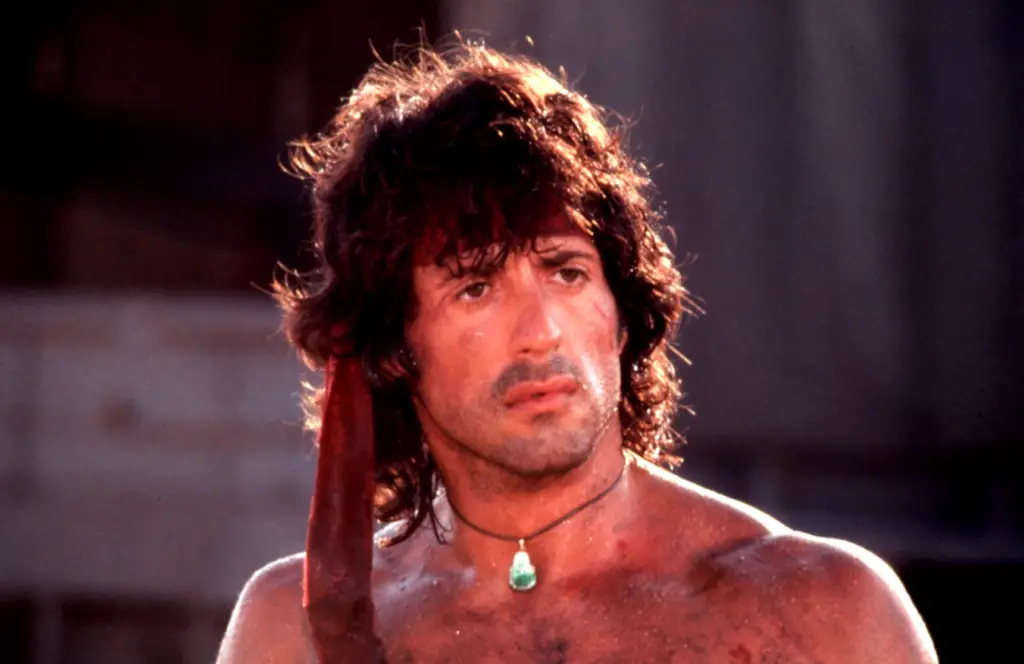
While the first Rambo movie was a grounded drama about a troubled veteran, the sequel in 1985 turned him into a larger-than-life action hero. The drastic shift surprised many viewers and made the film feel like a completely different franchise. Critics pointed out the extreme action sequences and exaggerated tone. It became clear that Hollywood wanted a blockbuster rather than a character study.
Despite the criticism, the movie became a cultural phenomenon and helped define the ’80s action era. It’s strange as a sequel because it essentially rewrote the character to fit a new genre. Fans still debate whether the tonal change improved or weakened the franchise. Either way, it remains one of the most dramatic sequel pivots of the decade.

